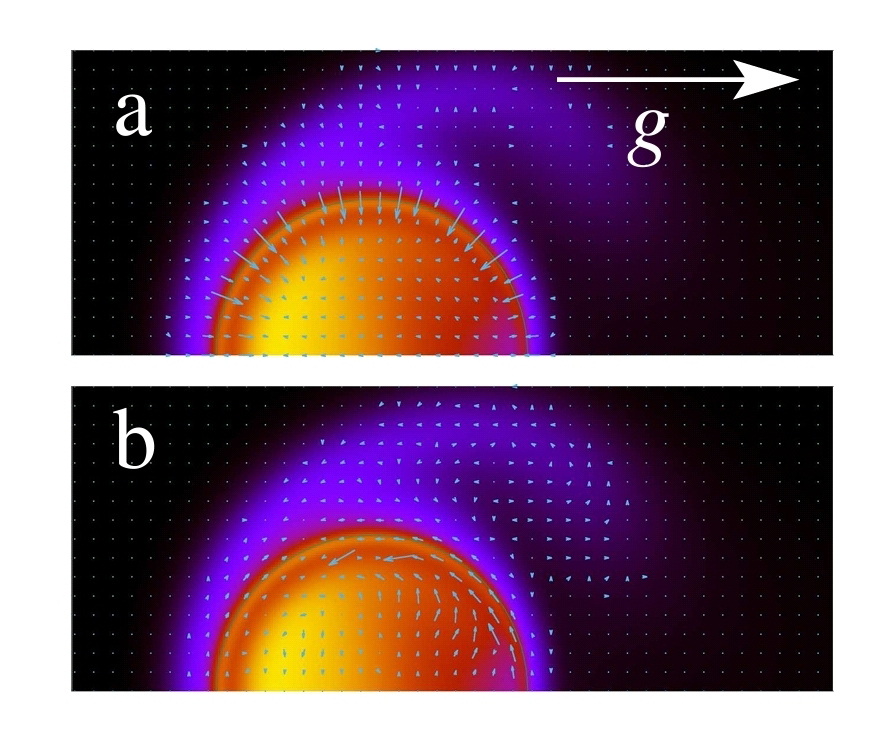AA << explore the energy spectra and associated fluxes of turbulent two-dimensional quantum droplets subjected to a rotating paddling potential which is removed after a few oscillation periods. A systematic analysis on the impact of the characteristics (height and velocity) of the rotating potential and the droplet atom number reveals the emergence of different dynamical response regimes. >>
<< ️Significant distortions are observed in the droplet periphery in the presence of a harmonic trap. A direct energy cascade (from large to small length scales) is mainly identified through the flux. >>
Their << ️findings offer insights into the turbulent response of exotic phases of matter, featuring quantum fluctuations, and may inspire investigations aiming to unravel self-similar nonequilibrium dynamics. >>
Shawan Kumar Jha, Mahendra K. Verma, et al. Energy spectra and fluxes of two-dimensional turbulent quantum droplets. Phys. Rev. Fluids 10, 064618. Jun 25, 2025.
arXiv:2501.01771v1 [cond-mat.quant-gas]. Jan 3, 2025.
Also: drop, droplet, droploid, turbulence, vortex, in https://www.inkgmr.net/kwrds.html
Keywords: gst, drop, droplet, droploid, turbulence, vortex, harmonic trap, quantum fluctuations, exotic phases of matter, self-similar nonequilibrium dynamics









